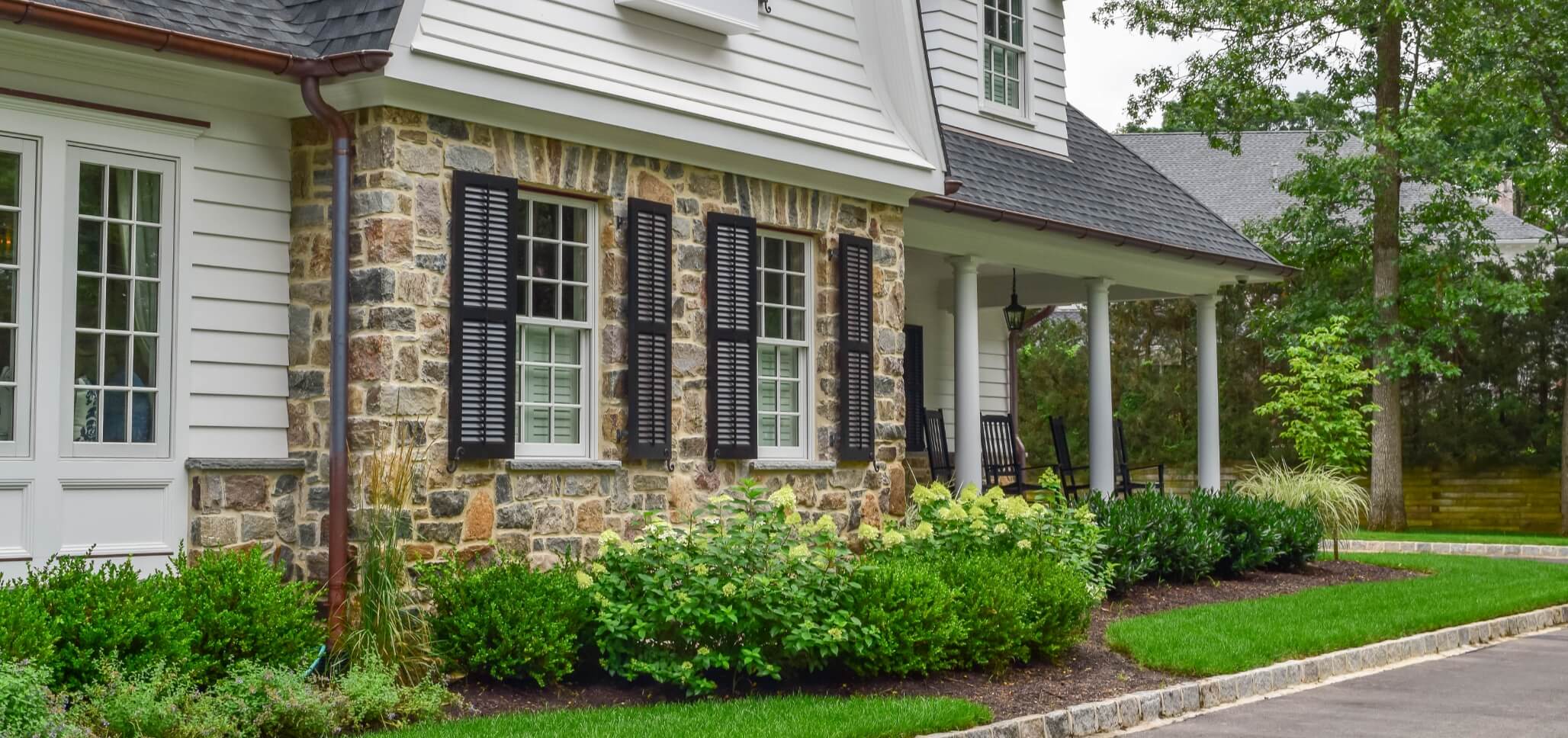 Whether you are installing a new patio or are simply giving your property a facelift, there is nothing more important than selecting the best outdoor patio flooring for your particular needs and desires.
Whether you are installing a new patio or are simply giving your property a facelift, there is nothing more important than selecting the best outdoor patio flooring for your particular needs and desires.
In addition to improving the general aesthetic of your landscape, the material used for your patio’s surface will also need to be functional, durable and safe.
In order to help you determine which type of stone you should pave your patio with, here’s a quick guide to some of the more commonly used materials and the advantages of each material.
Norwegian Buff Stone
Among the most popular stones used for outdoor patio flooring, Norwegian buff stone is known for its unique look and beauty. The varying colors of golds, tans and slight greens found throughout the stone make it easy to create a stunning landscape that will compliment any property.
Norwegian buff stone is ideal for usage around pools due to the fact that it will remain relatively cool to the touch, even when the temperatures are very hot. The stone does not retain heat from direct sunlight, which also helps to keep your patio area cool when entertaining on a warm summer afternoon.
Limestone
Another commonly used stone in outdoor patios is limestone. This natural stone product offers warm, rich tones and a natural aesthetic. Indiana limestone is especially popular, as its variegated hues dazzle the eye. A huge advantage of limestone is that it is a quarried stone. This means that it can be cut into any size or shape that is desired or necessary in order to create a beautiful patio design. Limestone is also extremely durable, and will maintain its integrity and overall look throughout the years.
Kearney Stone
For a more rustic or natural looking patio, you may consider Kearney Stone. This extremely versatile material has been proven, through numerous tests, to be as strong as granite. This ensures that cracking and damages will not be likely to occur throughout the years. In fact, the character and beauty of a Kearney Stone patio will only continue to grow.
Bluestone
The natural beauty, durability and hard-wearing qualities make bluestone pavers perfect for outdoor patio flooring. Because bluestone is a quarried product, the exact coloring will be determined with the depth and location from which the stone was actually quarried. The deeper the bluestone is quarried, the more unique the hues will be, however, it is generally a deep gray or blue color, and is always very attractive.
On top of visual appeal, bluestone is extremely porous and can hold great amounts of water. By choosing to seal the bluestone you can preserve the coloring of the pavers against fading from water and weather, protect it from damage against chlorine from pools or dirt from gardens and help it to maintain the subtle rough surfacing that provides such excellent traction and safety. Lastly, Bluestone is very dense, enabling it to withstand even the harshest northeastern weather.
Brownstone
For a warm, earthy material for your outdoor patio flooring, consider brownstone. Imported brownstone is lighter in color than traditional brownstone and features slight graining for safety and tread, with veining for visual interest and appeal. Like the other products, brownstone is long-lasting and tough against the elements.
Final Thoughts
Although any of these materials would work well for outdoor patio flooring, the decision should ultimately be based upon preference and need. By following this guide and taking the time to talk with a trusted and knowledgeable supplier, you can determine which stone will be the best match for the specific look and function that you require from your patio.

